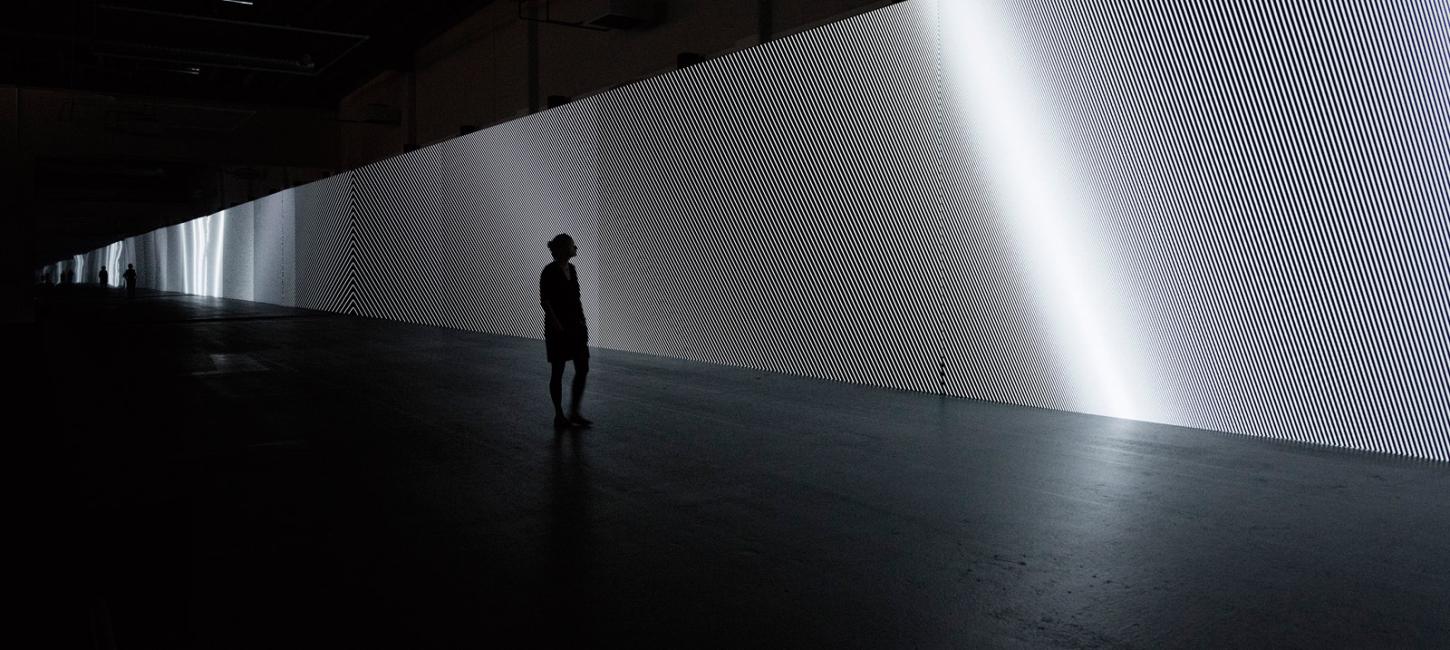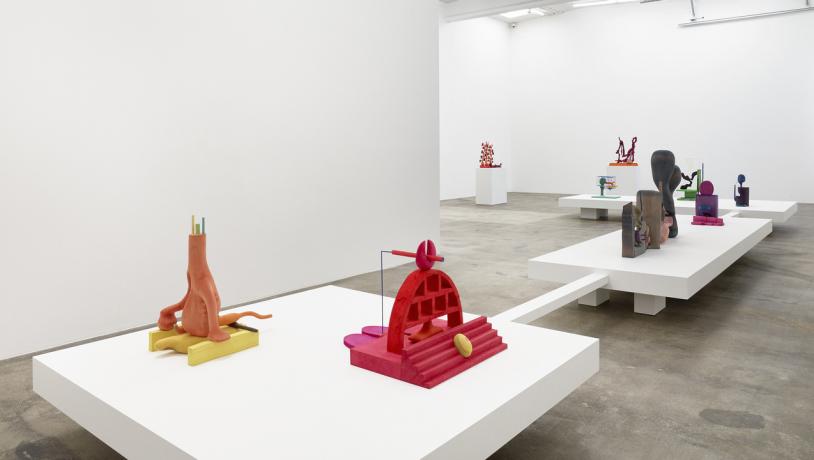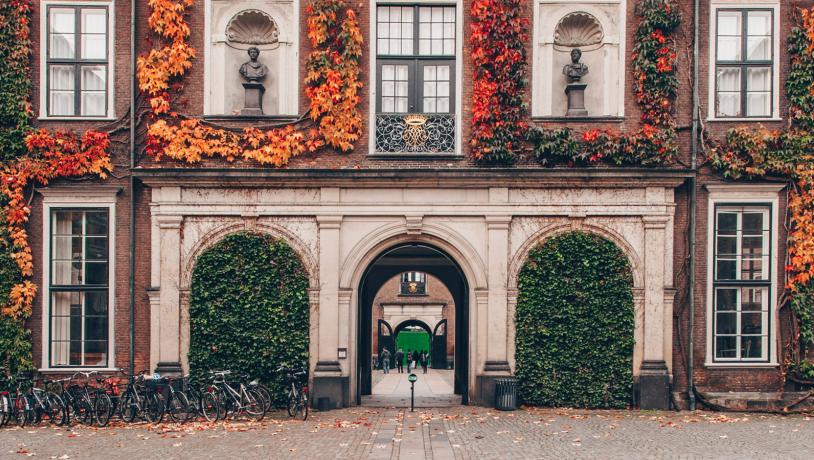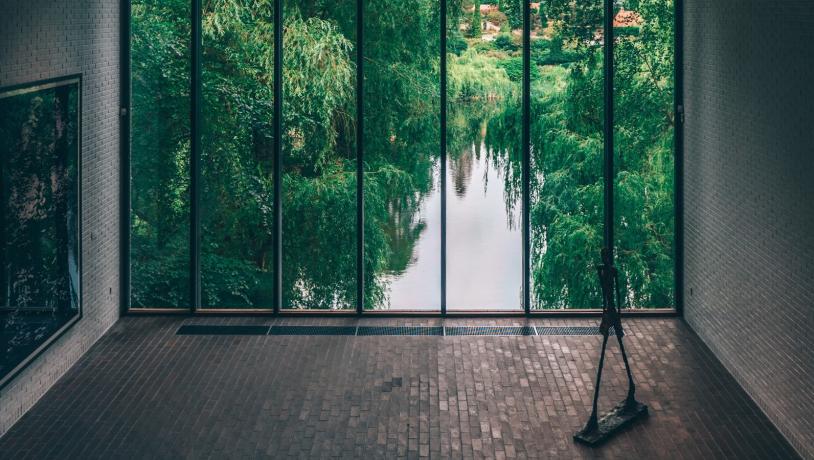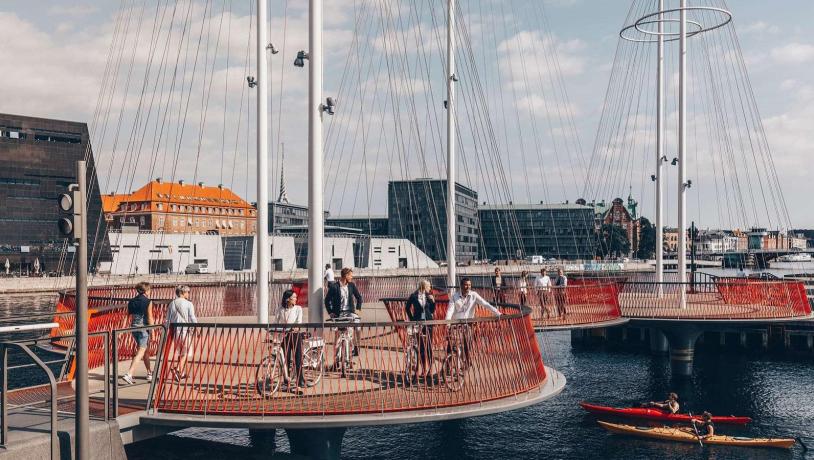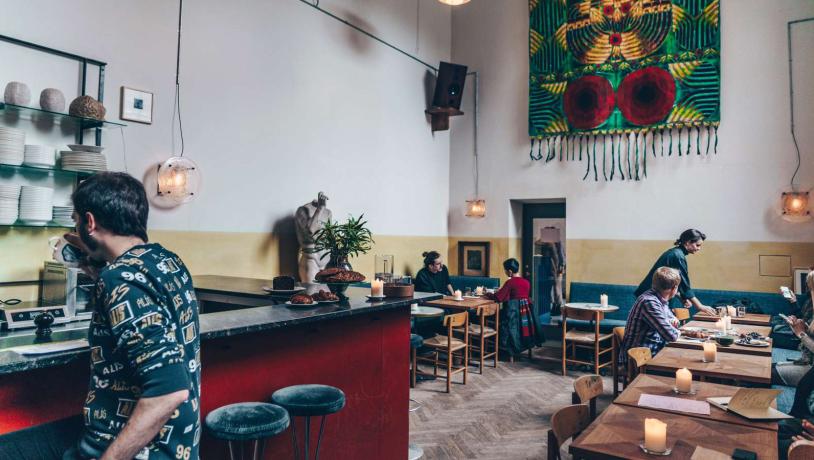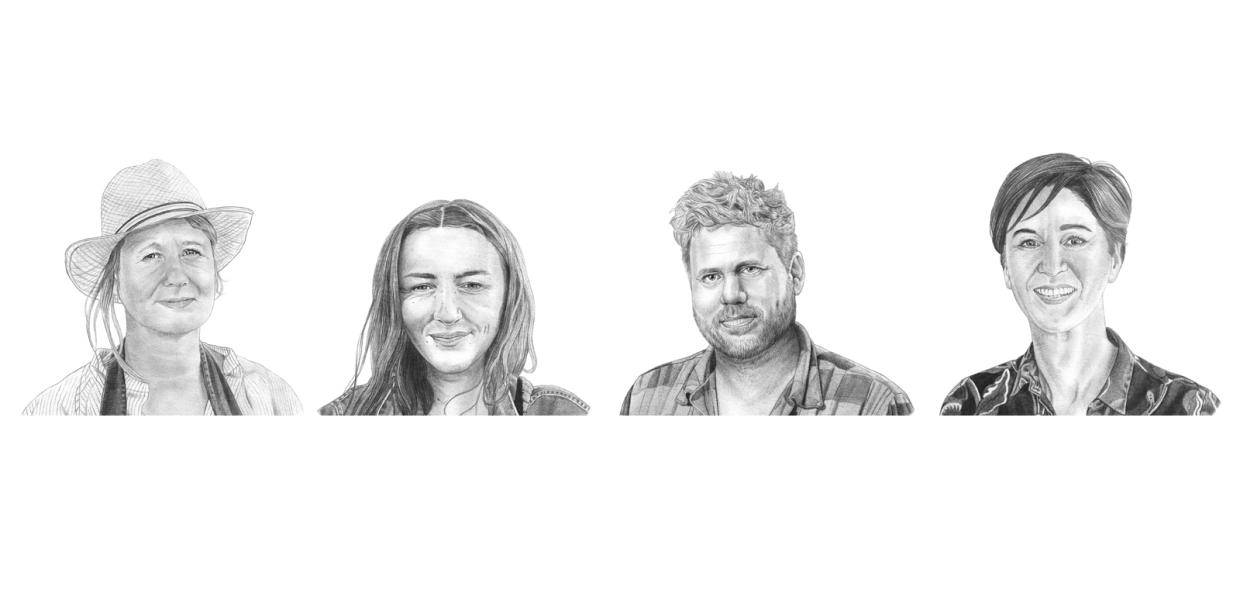Contemporary cool
By Jeni Porter
Jeni is a contributing editor to Ark Journal and one of our local contributors covering Copenhagen's culture, gastronomy and urban development.
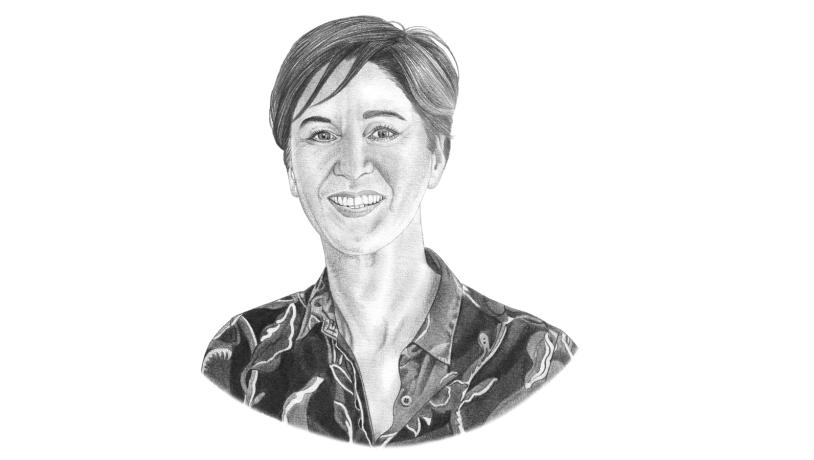
Foto:Sine Jensen
Copenhagen is becoming a magnet for contemporary art lovers attracted to its lively gallery scene, annual art and design fair and a special atmosphere derived from all-encompassing experiences.
When Nils Stærk set up his gallery in Copenhagen fostering a new generation of contemporary artists 22 years ago, there was little interest from local collectors and he spent most of his time travelling to introduce the artists to the world. Now the buyers are coming to him, including trustees from international institutions, because of a growing recognition that there’s something special happening here.
“Within Scandinavia, Copenhagen is by far the most active gallery scene. Stockholm is more established but in the Nordic context Denmark is a younger market and I think that has given fuel to a lot of new galleries and energy generally. There is a good market within Denmark and also people coming from abroad to look into what's going on here,” says Stærk.
It’s not yet like the gastronomy scene where Copenhagen is on every foodie’s radar but there is a sense of discovery that appeals to art lovers looking for something beyond the established circuit of art fairs and exhibitions.
Nils Stærk is a contemporary art gallery that represents both emerging and established artist. The gallery has been around since 1991 and is located in the up-and-coming Nordvest neighbourhood. Foto:Gallery Nils Stærk | PR
The annual Chart Art Fair has been instrumental, creating a buzz around the city and doing something that Copenhagen does well, offering a more encompassing experience. Set up in 2013 by five Copenhagen-based galleries, Chart has become the pre-eminent destination for Nordic art and design. Based in the atmospheric 19th century exhibition space Kunsthal Charlottenborg, Chart has always aimed to go beyond a traditional art fair, mixing galleries together rather than having them in separate booths and by featuring what director Nanna Hjortenberg calls the “entire ecosystem of the art world”. Some 24,500 people attended the seventh edition of Chart in 2019 or about a quarter of the numbers who go to Art Basel.
Foto:-
Michael Elmgreen of the artist duo Elmgreen & Dragset says Chart is open and generous, an art fair that is also “in a very good way, a bit of a people’s party. There are also a lot of people who are just hanging out, having a look around out of curiosity and who make use of all the other offers that are around the fair.” These include an annual architecture prize for emerging talent.
Elmgreen, who is Danish, and Ingar Dragset a Norwegian, are Berlin-based with permanent works in the West Texas desert and exhibitions from Tel Aviv to Beijing. They say they provoke responses rather than make art, re-interpreting what surrounds us in our everyday lives and their former hometown is fertile ground.
They have even reconceptualised that most iconic of Copenhagen symbols, the Little Mermaid, into a shiny stainless steel male called Han.
They are from the generation of artists that started out in Copenhagen in the mid-late 1990s around the same time as dealers like Stærk, Nicolai Wallner and Bo Bjerggaard opened their galleries. The highest profile, Olafur Eliasson, also decamped to Berlin while the collective Superflex chose to stay in Copenhagen where it has a three-storey studio factory to experiment and play.
“Superflex demonstrates that it is possible to be a global art business operating from Denmark,” says director Malene Natascha Ratcliffe.
Its One Two Three Swing! showed at Tate Modern before coming “home” to the international art centre, Copenhagen Contemporary.
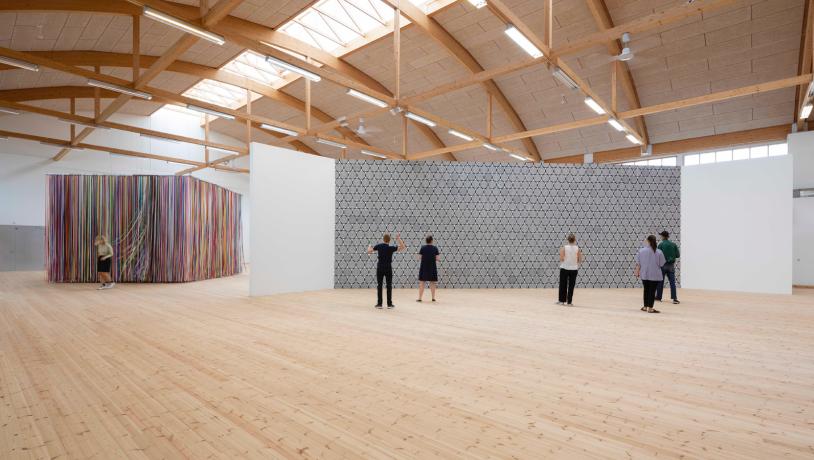
Copenhagen’s international art center, Copenhagen Contemporary invites world-famous artists, upcoming talent and you inside its 7,000 m2 industrial space that used to house a shipyard’s welding hall.Foto:Anders Sune Berg
Nils Stærk believes the early work of this generation of artists had a specific language that could be framed as Nordic. “They used their nearby surroundings. Their art was seen as Nordic and something special and it probably was because it was different from what you had seen anywhere else in the world.” But he says they have evolved and others who have come along since are so global, that the language they speak through their art works is universal.
The Copenhagen art scene should be viewed in this context, he says, drawing a comparison with Louisiana Museum, the prototype of the all-round art experience, which was totally revolutionary when it opened in 1958 but is now an exemplar for many modern museums.
Foto:Louisiana | PR
“I don’t think people come here because we have something very unique in Copenhagen, I think people come to see art probably a bit the same way as they go to Louisiana,” says Stærk. It’s not necessarily about having the best show or the best collection; rather it’s the combination of everything from architecture and art to the view and the landscape.
“It’s the holistic experience, that’s what Copenhagen is really good at, it’s different from other Scandinavian cities and it has another atmosphere.”
This experience can be as quintessential as Eliasson’s Circle Bridge, a functioning bridge across the Christianshavn canal that the artist says embodies transience, “the changing of the weather and the waterfront atmosphere” and inspires people to slow down. Or as immersive as a recent Superflex show in the old water reservoir Cisternerne called It is not the end of the world, for which you are issued with gumboots to walk around in ankle deep water and soak up the somewhat dystopian atmosphere.
Cirkelbroen (The Circle Bridge) connects the areas around Copenhagen Harbour. The bridge consists of five differently sized circular platforms, each with its own mast, and it is from these circular platforms, the name of the bridge arises. Behind the design of the bridge is world-renowned and award-winning Danish-Islandic Olafur Eliasson. Foto:-
Or the art experience can be as low key as pulling up a chair near the huge fireplace in the bar at Nimb Hotel where Cathrine Raben Davidsen’s large scale wall drawing Voice of the Shuttle evokes classical myths and literature or hanging out at Apollo Bar at Kunstal Charlottenborg where the paint-splashed Børge Mogensen chairs were once used by students at the neighbouring Royal Academy and there’s a colourful and deeply symbolic wall hanging by Alexander Tovberg and two light works by Kirstine Roepstorff from a major solo exhibition held next door.
Apollo Bar at Kunsthal Charlottenborg.Foto:Martin Heiberg
Another possibility is to go to the new Nørrebro Library where Eske Kath has installed vibrant arched canvases in what had been the windows of an old tram depot. Based around a landscape painting project he calls The Fundamental Uncertainty, the paintings, he says, are “views out to a landscape. But they are also a view into a mental landscape.” His take on landscape fits the thesis of local artists thinking globally. “I have been working with the idea of ‘what can a landscape painting be today?’ now that our perception of the landscape is no longer just local but global.”
Where to explore contemporary art in Copenhagen
Related stories from the local experts
Let some of Copenhagen's experts on gastronomy, culture and urban development explain just what it is that makes their beloved city unique in its own great-tasting, creative and beautiful way.
